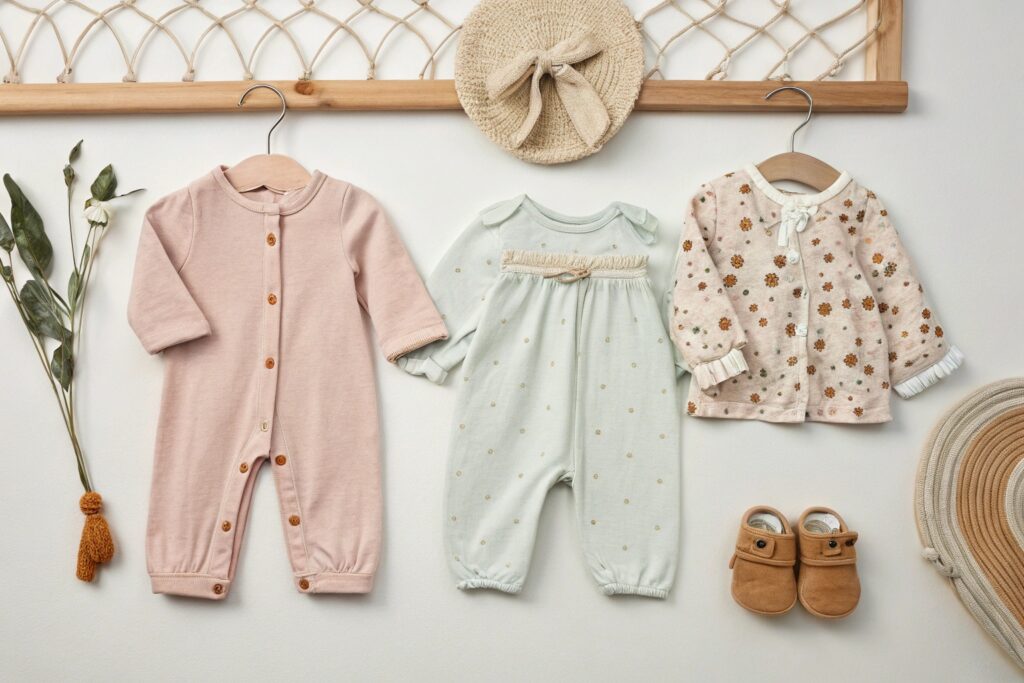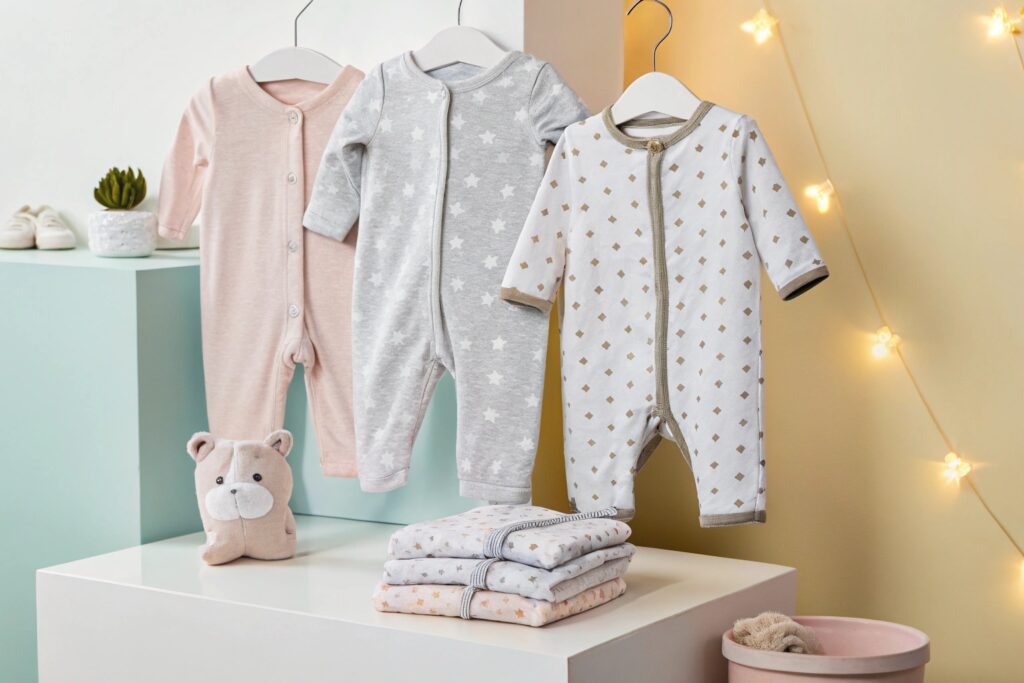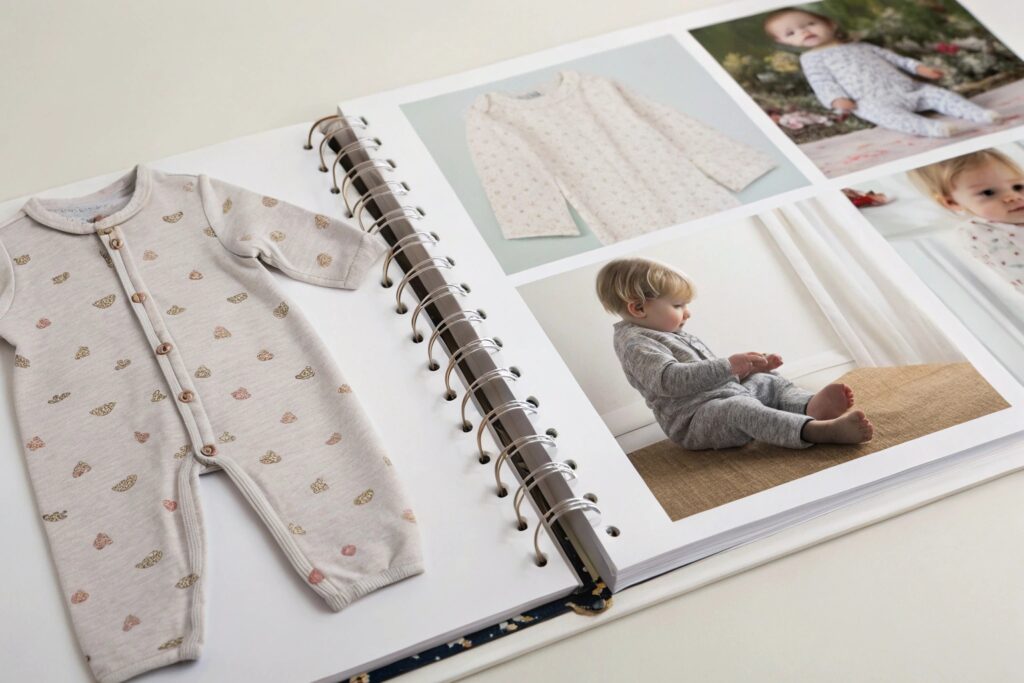Launching a kidswear brand is more than having cute clothes—it’s about creating a clear identity and presenting it with confidence to buyers, retailers, and customers.
To introduce your kidswear brand professionally, you need a strong brand story, consistent visual identity, and a clear pitch that explains your product value, audience, and values across multiple channels.
In this article, I’ll walk you through how to craft your introduction, where to promote it, and how to build credibility in the competitive kidswear market.
What to Include in a Kidswear Brand Introduction?
Your brand introduction is your first impression. Whether it’s on your website, a catalog, or in an email pitch, it needs to be concise, clear, and memorable.
A professional kidswear brand introduction should include your brand name, mission, product focus, target audience, key selling points, and unique style or values.

Key components:
| Section | What to Include |
|---|---|
| Brand Name + Logo | Clear visual identity |
| Tagline or Slogan | A short, memorable phrase that reflects your brand |
| Product Focus | What you offer (e.g. organic babywear, gender-neutral sets) |
| Target Audience | Who you’re making clothes for |
| Design Identity | Your aesthetic (e.g. minimal, colorful, playful) |
| Brand Values | Sustainability, comfort, diversity, etc. |
| Key Differentiators | What makes you stand out (e.g. certified fabrics, handmade details) |
Format examples:
- Website “About” page
- PDF brand deck or digital catalog
- Email introduction to buyers or partners
- Social media bios and intros
At Fumao, we often help startup clients refine their brand pitch when building their private label collections.
How to Write a Brand Story That Connects with Buyers?
Buyers don’t just buy products—they buy into stories. A good brand story builds emotion and trust.
To write a compelling kidswear brand story, focus on why you started, who you serve, and what problem you solve for parents, retailers, or children. Keep it personal but professional.

What makes a strong brand story?
| Element | Why It Matters |
|---|---|
| Founder’s motivation | Shows passion and purpose |
| Problem and solution | Clarifies your market fit |
| Inspiration for style | Connects with emotional buying decisions |
| Tone and voice | Reflects your customer (modern parents, conscious buyers) |
| Proof of success or validation | Adds credibility (e.g. sold out launch, award, certifications) |
Sample format:
“When I became a mom, I struggled to find soft, simple, and sustainably made baby clothes. That’s why I started [Brand Name]—a collection of organic baby essentials designed for comfort, movement, and peace of mind.”
Make sure your story appears on your website, social bios, pitch deck, and packaging—so your message stays consistent.
Best Channels to Promote a New Kidswear Brand?
Once your brand is ready, where should you promote it to get real results?
The best channels to introduce a new kidswear brand include social media (Instagram, TikTok, Facebook), your own website, online marketplaces, email outreach to buyers, and industry trade shows.

Breakdown by channel:
| Channel | What to Use It For |
|---|---|
| Style storytelling, influencer collabs | |
| TikTok | Trending product demos, behind-the-scenes |
| Parenting groups, paid ads | |
| Shopify / Website | Brand hub, checkout, story |
| Etsy / Faire | Marketplace exposure |
| Email (B2B outreach) | Retailers, boutiques, distributors |
| Trade Shows (e.g. Playtime Paris, CBME) | Meet buyers in person |
Tip:
Use a branded content calendar and combine storytelling (brand values, founder journey) with product content (fabric details, sizing, fit photos).
Fumao clients often launch with pre-built product photos and catalogs we supply after manufacturing.
How to Build Trust with Retailers and Distributors?
Your intro is only the first step—building long-term trust with B2B partners requires transparency, reliability, and professionalism.
To build trust with retailers and distributors, prepare a clear product catalog, pricing sheet, order terms, and samples. Back it up with consistency in communication and delivery.

Trust-building essentials:
| Element | Why It Builds Confidence |
|---|---|
| Wholesale line sheet | Includes product info, MOQ, delivery time |
| High-res product photos | Shows your professionalism |
| Size charts and fabric specs | Helps reduce returns |
| Clear return/defect policy | Reduces risk for buyers |
| On-time sample delivery | Shows production reliability |
| Third-party testing / certifications | Adds compliance credibility |
Soft trust signals:
- Fast, polite email replies
- Clean, mobile-friendly website
- Transparent pricing (not inflated)
- Responsive after-sales support
At Fumao, we also support brands by including factory certifications, OEKO-TEX fabric reports, and packaging samples in their B2B starter kits.
Conclusion
Introducing your kidswear brand professionally means knowing your story, showing your quality, and speaking clearly to both parents and retail partners. With the right mix of storytelling, visuals, and outreach, you can build a kidswear label that feels authentic and trusted from day one.










